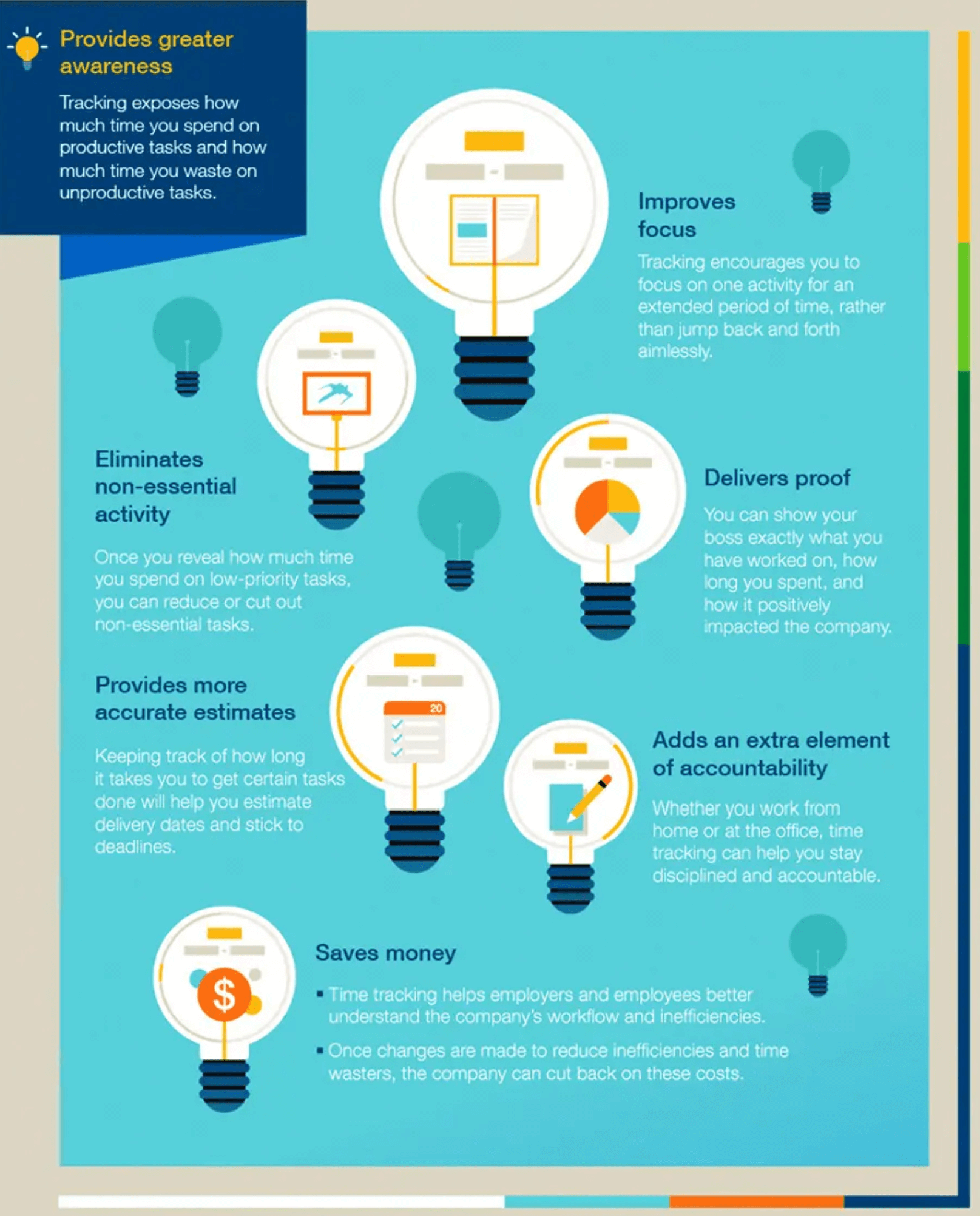The 3 dos and don’ts of remote time tracking for you to know
Before COVID-19, 62% of employees in the United States were working remotely to varying degrees. The number of remote workers has since doubled, as transitioning to work-from-home arrangements has in many cases become the only way for businesses to continue their operations.

For some business owners and managers, this could trigger a trust issue that revolves around one important question: “How do I know my employees are working while they’re on the clock if I can’t physically see them?”
The concern is valid. Time wastage due to non-work-related tasks has been a perennial problem even when managers are in the same building as employees. According to a Salary.com survey, 89% of employees have admitted to wasting time at work, with the top 10% wasting three or more hours each day.
It comes as no surprise, then, that several of the top concerns of owners and managers about employees transitioning to remote work are related to how employees spend their time at work. Concerns include reduced employee productivity, reduced focus, task completion rate, and work-life conflict.

The solution to this problem may seem obvious: time tracking software. It’s not a new technology. Both co-located and remote teams have used it for years. Yet, the debate about whether time tracking is a boon or bane has been going on since the technology was invented.
As with any other technology, the benefits and perils of remote time tracking lie in the details of its implementation. The technology isn’t inherently good or bad. Your time tracking outcomes will depend on how well you use it.
To help you get the best results from tracking with your remote team, outlined below are the dos and don’ts of remote time tracking in three key areas of productivity and performance management.
1. Initial implementation
Don’t: shock your employees with a sudden rollout
Whether or not the transition to a work-from-home arrangement is the reason that prompted you to implement time tracking, make sure not to drop the news on your team like a brick. Any change you introduce needs to follow a specific set of steps for it to be accepted. This includes remote time tracking.
As explained by project manager Michal Bielak, “Don’t just gather your team members in a room one day and say, ‘From now on, we’ll be using this IT time tracking software to see how your work’s going. Click here, now click there, perfect, thanks, the meeting’s over’ — that is, unless you want to bump into a group of gossipers every time you go to the kitchen. People want to be treated fairly: if you introduce some changes, explain the rationale behind it.”
Do: conduct a Time Tracking 101 with your team
Instead of a sudden, out-of-the-blue implementation, notify employees well ahead of time and explain the importance of time tracking to them.
Then, get them up to speed with the software well in advance and teach them everything they need to know about the time tracking system you’re about to introduce. The time you invest in doing this prep work will result in better utilization and a higher level of appreciation for time tracking among your employees.
Below are the key areas you need to cover when doing a time tracking 101 with your team:
- The tool/platform/technology that you will use for remote time tracking
- The activities/tasks you will track
- How the time tracking data you collect will be used
- Privacy protection measures you will put in place
- The benefits of time tracking for your team

2. Employee management
Don’t: use time tracking to micromanage
It’s very easy for managers of newly transitioned remote teams to fall into the trap of micromanagement and to use time tracking to do it. Managers can abuse the capabilities of time tracking software to monitor every minute detail of how employees are spending their work hours.
Some may even use the additional features of time tracking technologies such as screenshots and geofencing to implement a “Big Brother-like” surveillance over their teams.
Do: use time tracking to foster accountability
To address micromanagement, you must understand where the desire to micromanage stems from. Most of the time, it’s the fear that your employees might not be doing the work they’re supposed to be doing during the hours they’re supposed to be doing it. This can lead to resentment and resistance from employees.
Instead of using time tracking to create fear among your employees that you’re watching their every move, empower them to foster a sense of accountability. Give them the leeway to track and manage their own productivity.
Of course, you will still use the data gathered using time tracking to make informed and smart decisions about performance management and employee engagement. However, the ultimate goal is to use time tracking as a tool to enable your team members to be constantly cognizant of their performance and productivity.
3. Time tracking structure
Don’t: leave procedures up to your team
One of the primary goals of time tracking is to generate reports that you can use to help your team meet both productivity and business goals. This won’t be possible if there’s no uniformity in how your team members track their time. While you want to make it as easy as possible for your employees to record their time, you also don’t want time tracking to lack structure.
For instance, one of the common pitfalls of time tracking is the lack of naming conventions, a common problem in project management. Without uniformity in naming protocols, you won’t be able to determine whether resources are allocated properly to tasks and projects. It can also affect how you charge for billable hours.
Do: provide clear and simple guidelines
Even the most sophisticated time tracker will fail if you don’t implement clear and easy-to-follow guidelines. Below are a few of the questions your remote time tracking manual should answer:
- What tasks/projects should be tracked or not tracked?
- How should time entries be recorded?
- How should tasks/projects be categorized?
Having clear and straightforward guidelines is a key time-tracking best practice that shouldn’t be ignored. When tracking remote team time, make sure you have documented procedures in place to make it as seamless as possible.
Making remote time tracking work for your team
Time tracking is a pretty straightforward concept, but its implementation is an intricate process. Following the gold standards and avoiding the pitfalls in your time tracking system’s initial rollout, in employee performance management, and in providing a structured time tracking methodology will create a solid foundation for remote team time tracking.
If you do decide to make remote work your company’s “new normal,” you will discover iterations to these do’s and don’ts and come up with your own time tracking best practices for your team.




